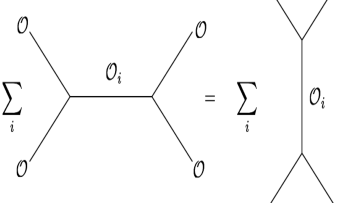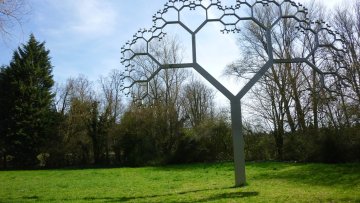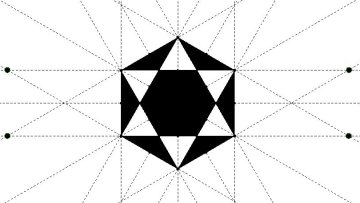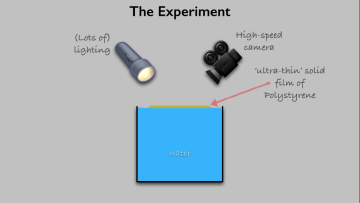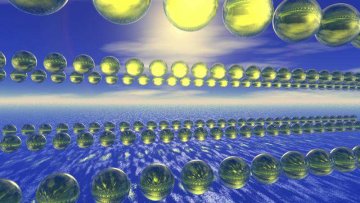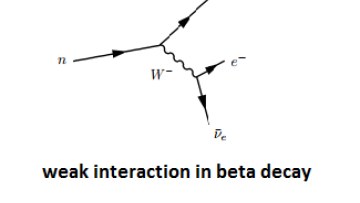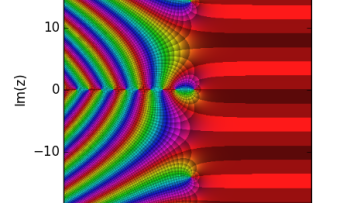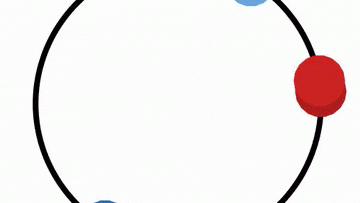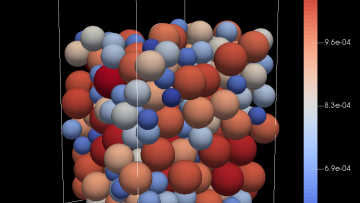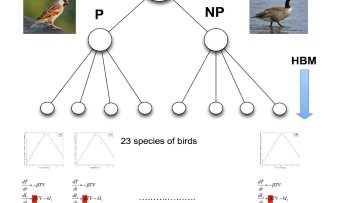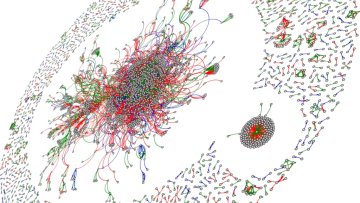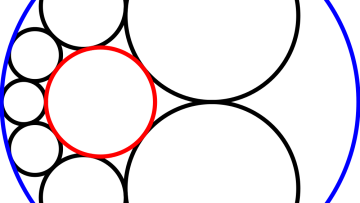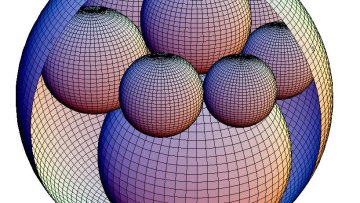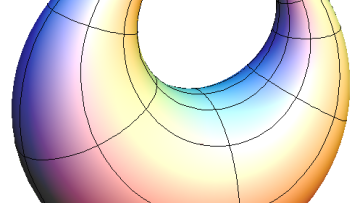What does boiling water have in common with magnets and the horizon of black holes? They are all described by conformal field theories (CFTs)! We are used to physical systems that are invariant under translations and rotations. Imagine a system which is also invariant under scale transformations. Such a system is described by a conformal field theory. Remarkably, many physical systems admit such a description and conformal field theory is ubiquitous in our current theoretical understanding of nature.
Oxford Mathematician Dan Ciubotaru talks about his recent research in Representation Theory.
Oxford Mathematician Ali El Kaafarani explains how mathematics is tackling the issue of post-quantum digital security.
"Quantum computers are on their way to us, not from a galaxy far far away; they are literally right across the road from us in the Physics Department of Oxford University.
Oxford Mathematician Yuuji Tanaka describes his part in the advances in our understanding of gauge theory.
Oxford Mathematician Tom Oliver talks about his research in to the rich mine of mathematical information that are L-functions.
Oxford Mathematician Soumya Banerjee talks about his current work in progress.
"On warm summer days, fireflies mesmerise us with their glowing lights. They produce this cold light using a light-emitting molecule, the luciferin, and a complementary enzyme, luciferase. This process is known as bioluminescence.
Oxford Mathematician Christian Bick talks about his and colleagues' research into oscillator networks and how it could be valuable in understanding diseases such as Parkinson's.
Precise forecasting in the first few days of an infectious disease outbreak is challenging. However, Oxford Mathematical Biologist Robin Thompson and colleagues at Cambridge University have used mathematical modelling to show that for accurate epidemic prediction, it is necessary to develop and deploy diagnostic tests that can distinguish between hosts that are healthy and those that are infected but not yet showing symptoms. The data derived from these tests must then be integrated into epidemic models.
The investment decisions made by the construction sector have an obvious impact on the supply of housing. Furthermore, Local Planning Authorities play a fundamental role in shaping this supply via town planning and, in particular, by approving or rejecting planning applications submitted by developers. However, the role of these two factors, as well as their interaction, has so far been largely neglected in models of the housing market.
Over the last five decades, software and computation has grown to become integral to the scientific process, for both theory and experimentation. A recent survey of RCUK-funded research being undertaken in 15 Russell Group universities found that 92% of researchers used research software, 67% reported that it was fundamental to their research, and 56% said they developed their own software.
How can solar panels become cheaper? Part of the cost is in the production of silicon, which is manufactured in electrode-heated furnaces through a reaction between carbon and naturally occurring quartz rock. Making these furnaces more efficient could lead to a reduction in the financial cost of silicon and everything made from it, including computer chips, textiles, and solar panels. Greater efficiency also means reduced pollution.
West Nile virus (WNV) is responsible for viral encephalitis in humans, a condition that causes inflammation of the brain and can have longer-lasting physical effects. WNV is also related to similar viruses such as Dengue and Zika that are also of significant public health concern.
For many years networks have been a fruitful source of study for mathematicians, one of the first notable examples of network analysis being Leonard Euler's study of paths on the Königsberg bridges. Since that time the field of graph theory and network science has developed greatly and the problems we want to model have also changed.
Oxford Mathematician Kristian Kiradjiev has been awarded the Institute of Mathematics and its Applications (IMA) Early Career Mathematicians Catherine Richards Prize 2017 for his article on 'Exploring Steiner Chains with Möbius Transformations.' Here he explains his work.
Oxford Mathematician Dmitry Belyaev is interested in the interface between analysis and probability. Here he discusses his latest work.
"There are two areas of mathematics that clearly have nothing to do with each other: projective geometry and conformally invariant critical models of statistical physics. It turns out that the situation is not as simple as it looks and these two areas might be connected.



